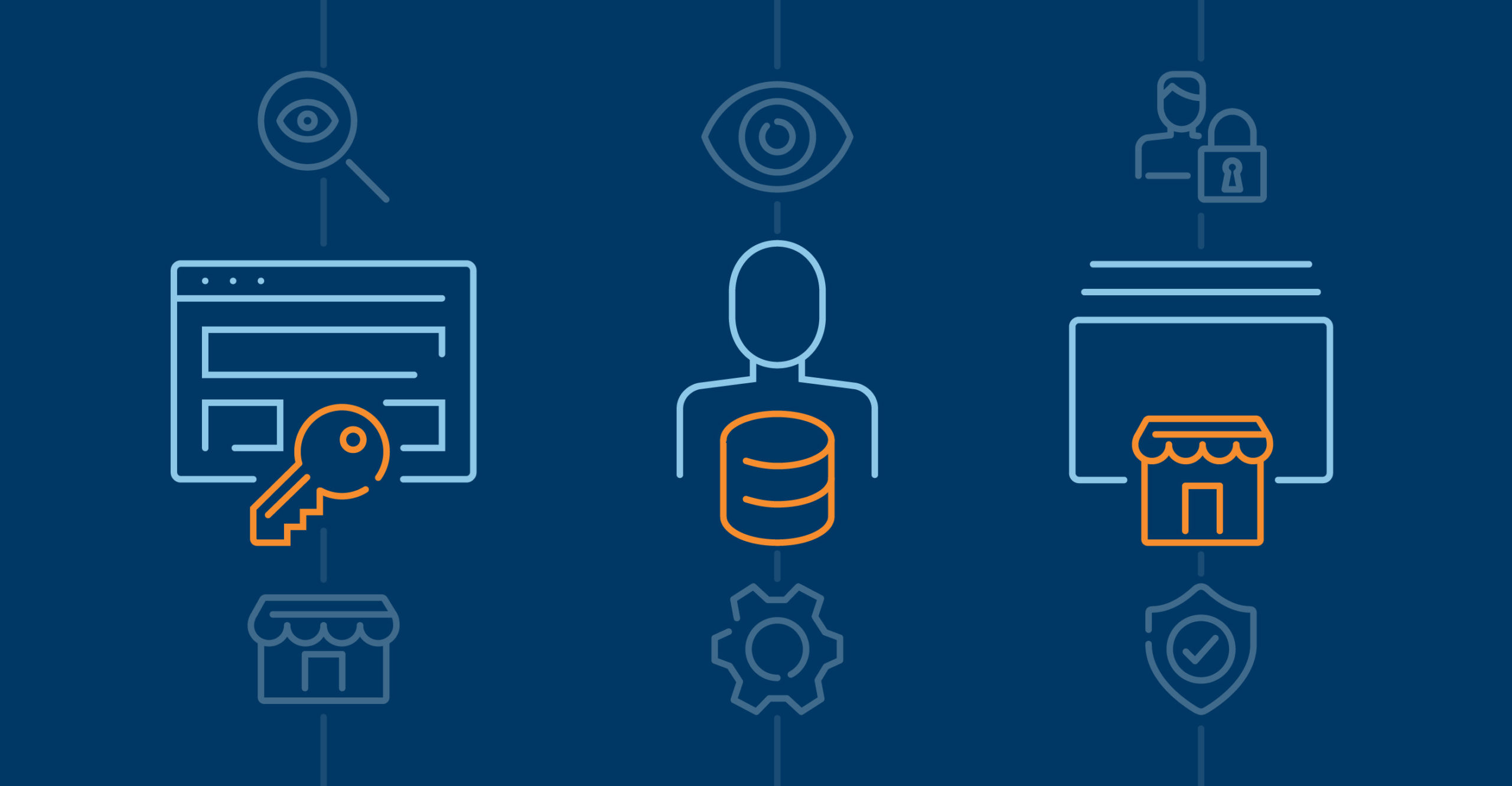If you are a publisher or a brand with an online presence operating in the EU, it’s imperative that adopting the latest version of the IAB’s Transparency & Consent Framework (TCF), v2.0, is top of mind. That said, when adopting TCF v2.0, it’s key you don’t hurt your monetisation strategy in the process. Here are key points of consideration when making the switch:
Timing
When do you adopt TCF v2.0?
You might be tempted to move to TCF v2.0 at the last moment possible, but there’s more to that decision. If you wait too long, you might find yourself unprepared to make a seamless transition in a timely manner. However, if you make the jump too early, it can potentially affect your monetisation strategy and therefore your ROI.
To decide on timing, keep in mind that the TCF is a solution to an ecosystem challenge: establishing a unified means of collecting and transmitting consent. Therefore, it’s logical to base your decision and timing on the players you work with in the ecosystem and how it will ultimately affect your specific business goals. Be vigilant of which parties in the ecosystem have the biggest impact on your goals, e.g., revenue, monetisation, ROI, etc.
Some questions you should ask:
- Who are the parties that add the most value to my monetisation strategy? You will typically find 5 to 20 vendors that are responsible for 80% of your revenue goals.
- What stage are these vendors in terms of adopting TCF v2.0? We’ve created a TCF v2.0 vendor registration dashboard to track this. Reach out to us directly to gain access to the dashboard.
If the vendors that are currently providing the most value to your business only support v1.1 at the time you switch, they will not be able to provide the same value until they switch to TCF v2.0, so coordinate timing with your key vendors to avoid missed revenue targets.
Should you wait until the v1.1 deprecation date, June 31, to deploy TCF v2.0?
That depends on your situation. However, waiting to kick off TCF v2.0 efforts until the last minute may have a negative effect on your business, since you might not be ready when your most important vendors switch. Properly setting up and deploying a TCF v2.0-compliant solution will take about 4 to 6 weeks, excluding the time you need to make a choice on which solution you will implement. Further, keep in mind that even though we expect TCF v2.0 to have broader adoption than previous versions, not all vendors will support it. This means you’ll also need a solution that helps enable compliance for them, for example, via conditional firing capabilities to ensure their tags do not fire and collect personal information without first receiving consent.
Note: If your organisation does not currently support TCF at all, focus directly on deploying TCF v2.0.
Finding the right partner to help you adopt TCF v2.0
Adopting TCF is not an easy task. However, if it is done well, it can bring great benefits to your business. The ideal partner is one that provides proof of compliance with the experience and guidance on best practices required to achieve your goals.
An effective consent management platform (CMP) and technology partner will help enhance your monetisation strategy and create a seamless privacy experience for your visitors. Additionally, if you work with industry veterans, they can provide additional insight into navigating the regulations relevant to your business and how best to manage your on-page vendors.
Ensuring your organisation is adhering to laws and regulations that protect consumer privacy is a tide of change for the entire internet. However, these changes also create opportunities for businesses to strengthen relationships with consumers. Check out how LiveRamp Privacy Manager can help you with your CCPA and GDPR compliance needs. To get in touch directly, reach out to [email protected].
